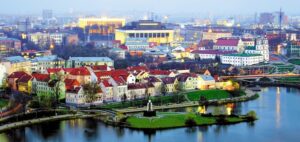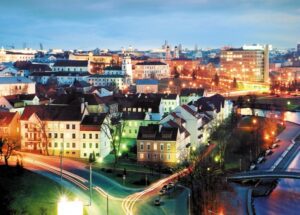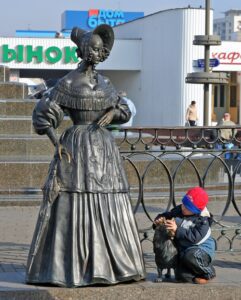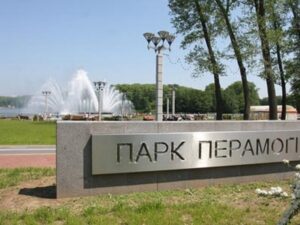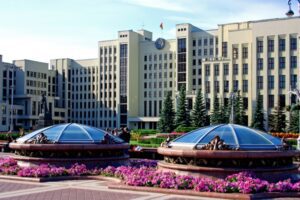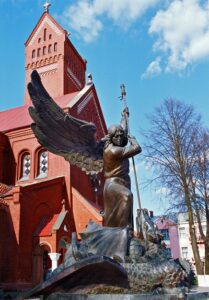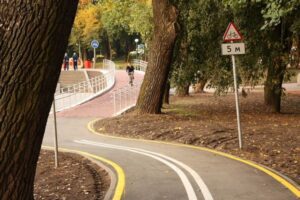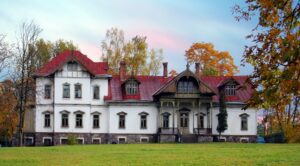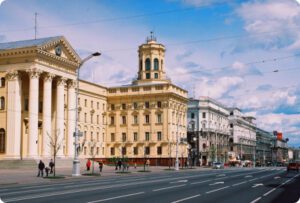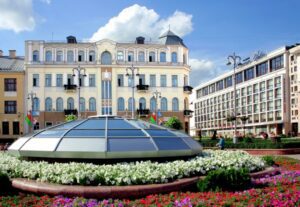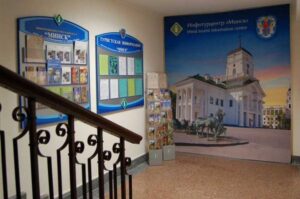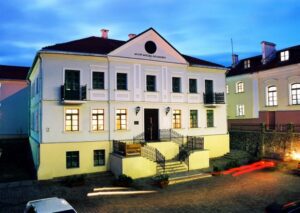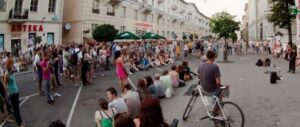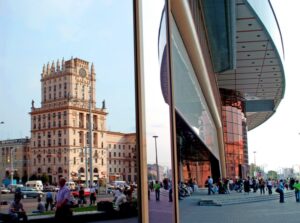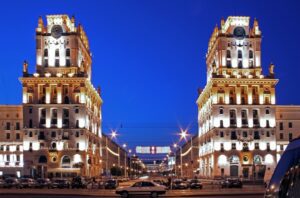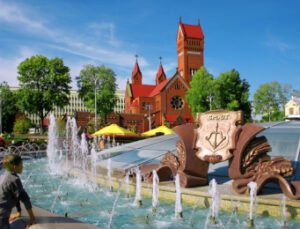Minsk tourist
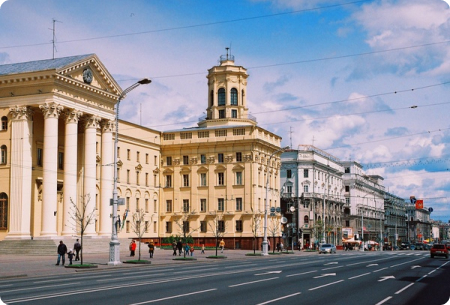
Tourism in Minsk
Minsk is the capital of the Republic of Belarus.
The city with a population of more than 1.8 million people is located in the center of Belarus, on the Minsk hill, namely on its southeastern slope. The area of the city is 308 km2. The largest river flowing through the city is the Svisloch. Six other smaller rivers flow into it within the city limits. The height difference of the territory on which the city is located is 96 meters. Such a complex terrain is due to its location on a hill and the presence of two lowlands on the territory. The city is surrounded by forests, most of which are coniferous.
The ethnic composition of Minsk is represented by Belarusians, Russians, Poles, Lithuanians, Jews and Ukrainians. Religion, accordingly, is mainly divided into two directions: Orthodoxy and Catholicism. The population speaks Belarusian and Russian, partly Polish and Ukrainian.
The city is divided into 9 administrative districts: Central, Sovetsky, Pervomaisky, Partizansky, Zavodskoy, Leninsky, Oktyabrsky, Moskovsky, Frunzensky.
More than 40 sightseeing routes and programs using the historical and cultural potential of the capital have been created and are functioning for guests and residents of the capital. Sightseeing tours of the city of Minsk are traditionally popular.
Conditions are being created for people engaged in active types of tourism. There is a bike path along the Svisloch River with a total length of 27 km with rental points, parking lots and recreation areas. Currently, work is underway to increase the length of the bike path by more than 2 times (up to 60 km).
The tourism industry of the capital includes 37 accommodation facilities, including 23 hotels, 5 hotel complexes, 9 other types of accommodation facilities. Measures are being taken to create economy class accommodation facilities: there are 7 hostels in the capital. The work carried out on the improvement of the Loshitsky manor and park complex deserves attention, Victory Park is popular among guests and residents of the capital, they are equipped with bike paths and the necessary infrastructure.
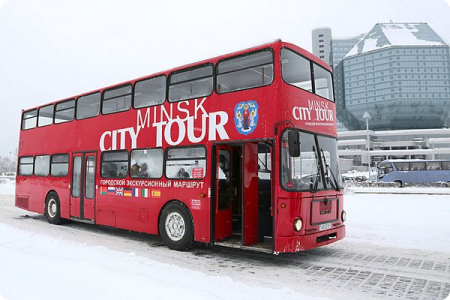
A new project “Minsk – excursion” has been created for the capital. The current bus route No. 1 (Station (Kirova Street) – Vesnyanka railway station) is accompanied by an audio tour. The buses involved in the project are decorated in the same style. The city route is used as a kind of excursion for the price of a bus ticket.
Billboards with maps of the city of Minsk have been installed in places of the greatest tourist interest; the poster-newspaper project has been implemented (maps with the main sights of the capital are placed at public transport stops in the central part of the city).
The city has an institution “Minsk Tourist Information Center” (Revolutsionnaya str., 13-119), where tourists can receive free information and reference support, including in foreign languages.
In August 2012, the updated website of the Minsk Information and Tourism Center on the tourist potential of the capital began to function in Russian and English (minsktourism.by).
Since 2012, such a new form of tourist service as attractions has been introduced in the museums of the capital. The most actively implemented new technologies are at the National Art Museum of the Republic of Belarus, the Museum of the History of the city of Minsk.
A music and tourism program has been operating on the territory of the Upper Town to attract tourists since May 2012. Venues with musical and theatrical performances and sightseeing services are provided every Saturday. Measures are being taken to create pedestrian streets and neighborhoods. So, from May to October 2012, on weekends, part of K. Marx Street was a pedestrian zone.
On September 15, 2012, Minsk became an official member of the World Federation of Tourist Cities.

